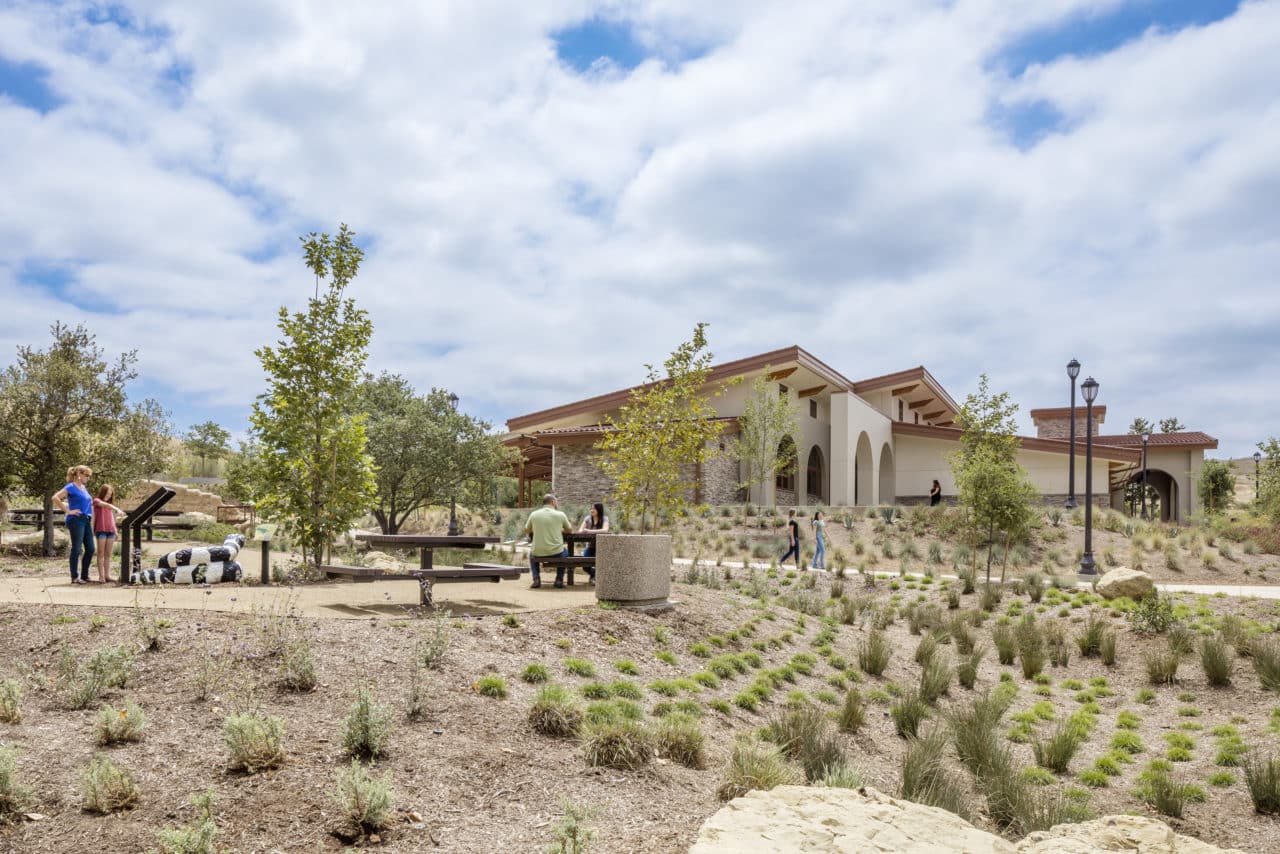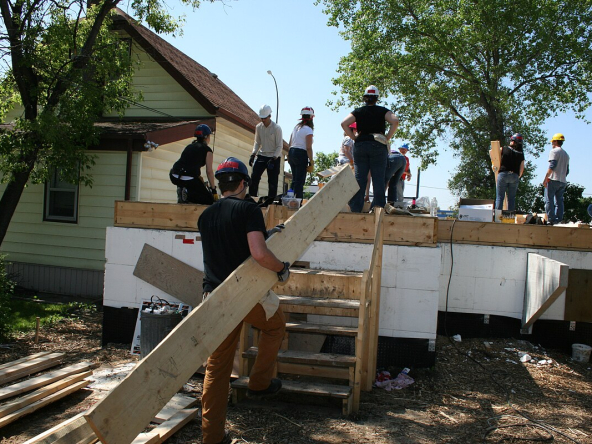Communities are the bedrock of human civilization, shaping our experiences, values, and collective progress. The endeavor to build sustainable communities is more crucial than ever, fostering resilience, inclusivity, and shared prosperity. It’s a multidimensional journey that involves fostering connections, empowering individuals, and nurturing a sense of belonging. Let’s explore some strategies pivotal for fostering sustainable community building.
Proven Strategies for Sustainable Community Building
Cultivate Inclusive Spaces: Sustainability begins with inclusivity. Embrace diversity in all its forms – cultural, socioeconomic, and beyond. Foster a culture that respects and celebrates differences, providing equal opportunities and platforms for all voices to be heard. Encourage dialogue, actively seeking out perspectives that might be marginalized or unheard. Inclusivity serves as a cornerstone for fostering trust and cohesion within a community.
Empower Grassroots Initiatives: The power of change often emerges from the grassroots level. Encourage and support local initiatives that address community needs. Empower individuals and small groups to take ownership of projects that promote sustainability, whether it’s a community garden, recycling program, or educational workshops. These initiatives not only solve immediate problems but also instill a sense of ownership and pride among community members.
Facilitate Effective Communication: Open, transparent communication is the lifeblood of a thriving community. Establish channels that facilitate easy and effective communication among members. Utilize both traditional and modern mediums, from community meetings and newsletters to social media platforms and dedicated apps. Engage actively and encourage feedback to create a culture of collaboration and responsiveness.
Invest in Education and Skill Development: Empowerment through education is key to sustainable community development. Offer learning opportunities that equip individuals with the skills needed for personal and collective growth. Workshops, mentorship programs, and vocational training can uplift community members, enhancing their employability and enabling them to contribute more meaningfully.
Promote Sustainable Practices: Sustainability goes hand in hand with responsible stewardship of resources. Encourage and educate the community about sustainable practices – from energy conservation and waste reduction to adopting eco-friendly habits. Organize campaigns, workshops, and initiatives that promote mindful consumption and environmental consciousness.
Forge Collaborative Partnerships: Building sustainable communities often requires collaboration beyond community boundaries. Forge partnerships with local governments, businesses, NGOs, and other stakeholders. Collaborative efforts can leverage diverse resources and expertise, fostering innovative solutions to complex challenges while creating a network of support for community initiatives.
Foster a Sense of Belonging: A sense of belonging is foundational for community sustainability. Create spaces and events that nurture connections and friendships. Organize social gatherings, cultural exchanges, and communal activities that foster a sense of unity and camaraderie among community members. When individuals feel connected, they are more likely to contribute positively to the community’s growth and well-being.
Embrace Technology for Good: Harness the power of technology to amplify community-building efforts. Utilize social media platforms and digital tools not just for communication but also for organizing events, sharing resources, and mobilizing support. Technology can bridge gaps, enabling broader participation and collaboration within the community.
Encourage Civic Engagement and Volunteerism: Active participation in community affairs is vital for sustainability. Encourage civic engagement by promoting volunteerism and community service. When individuals take an active role in shaping their community’s future, they develop a deeper sense of responsibility and commitment towards its well-being.
Continuous Evaluation and Adaptation: Lastly, sustainable community building is an ongoing process that requires continuous evaluation and adaptation. Regularly assess the impact of initiatives, solicit feedback, and be open to refining strategies based on evolving community needs and aspirations.
Conclusion
In conclusion, sustainable community building is a collective endeavor that necessitates inclusivity, empowerment, and a commitment to positive change. By implementing these strategies, communities can foster resilience, inclusivity, and sustainable progress, creating spaces where individuals thrive, connections flourish, and the community as a whole prospers.




